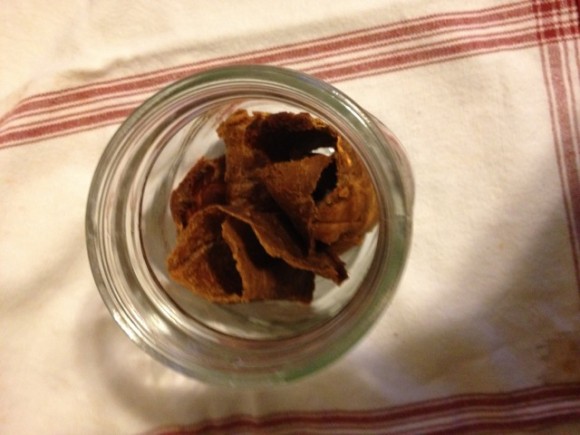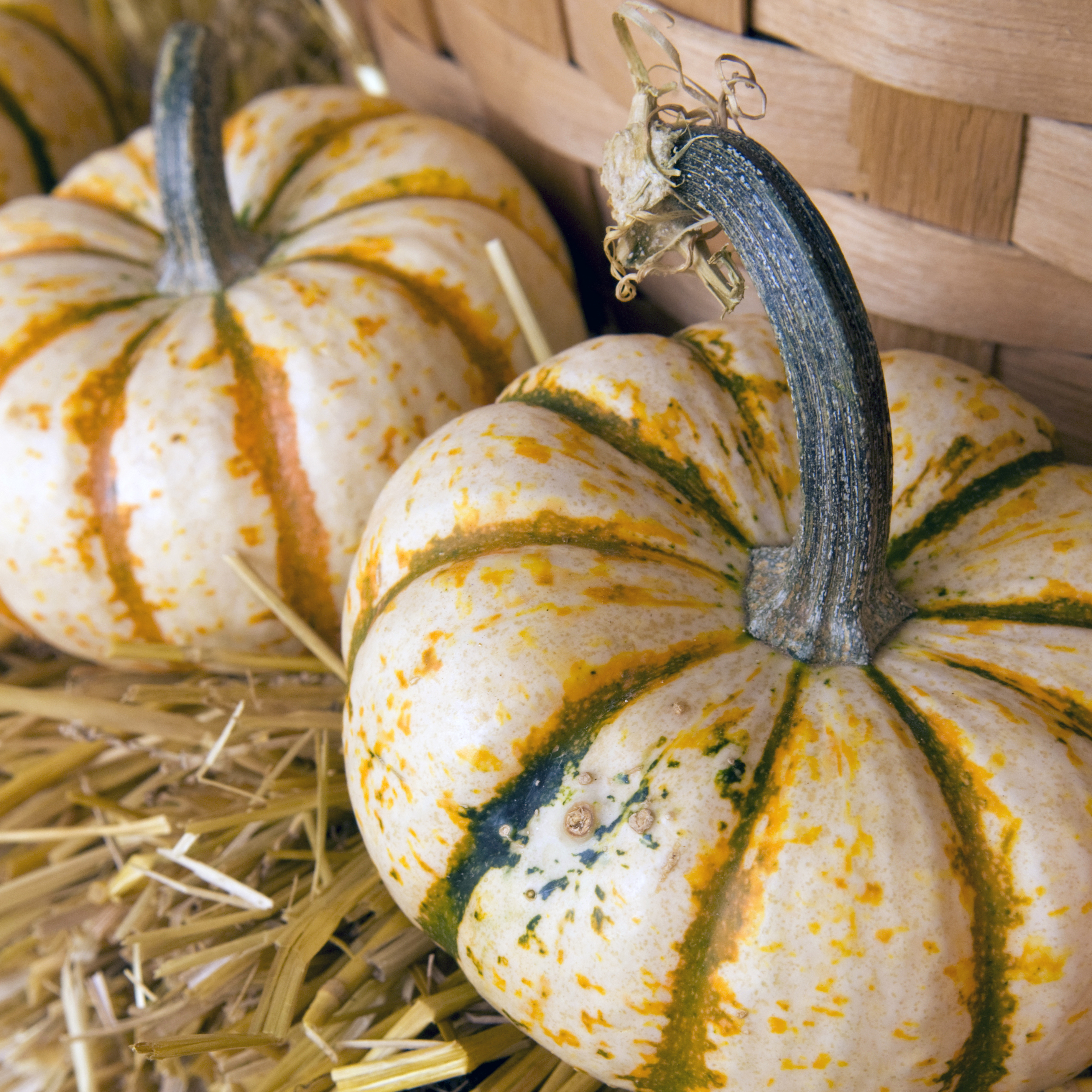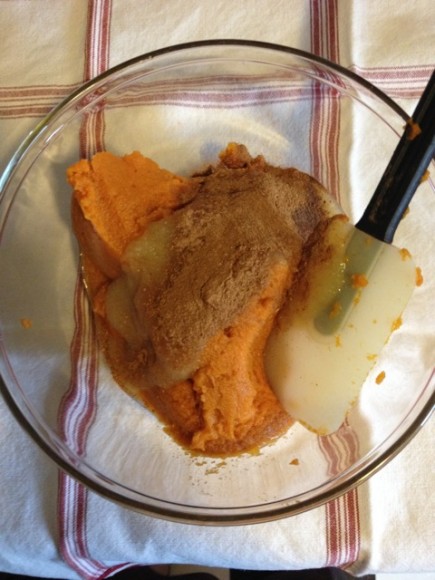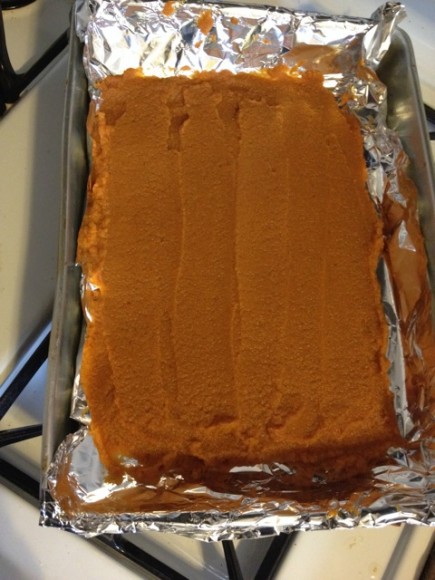Parents! Here’s a kid-friendly, fun-to-make idea from Kasey Bersett Eaves, who “talked squash” with fall-minded visitors at the Regenstein Fruit & Vegetable Garden on a gorgeous fall weekend.
With winter squash and pumpkins readily available at grocery stores and farmers’ markets, a nicely spiced fruit leather is a great way to use a post-Halloween pumpkin (uncarved) or extra can of purée—and to get kids to eat their vegetables in a new and tasty way. Super simple to assemble, it’s a whole lot healthier than candy!

Pumpkin-spiced Snack Leather
- 1 can of plain pumpkin or 3½ cups of cooked pumpkin pulp*
- 1 cup of unsweetened applesauce
- Cinnamon, nutmeg, cloves, and honey according to taste
Purée all ingredients together by hand or in a blender or food processor.
Spread purée on a foil-lined or greased cookie sheet, and smooth until just a little more than ¼-inch thick. Bake on your oven’s lowest setting (around 150 degrees) until no longer sticky to the touch (this takes close to eight hours).
Remove and cool until you can lift the edges and corners of the pumpkin leather off the foil or cookie sheet. Peel off and cut into strips. Roll each strip into plastic wrap and refrigerate until ready to eat.
If you have a food dehydrator, it’s even simpler. Spread the purée on the plastic sheeting provided with your dehydrator—or wax paper—and dehydrate until no longer sticky. Roll, refrigerate, and snack away!
*Basic Technique for Cooked Squash
Fresh-cut pumpkin (which is actually a squash) has a much higher water content than canned pumpkin. You will need to cook your pumpkin first, and use more fresh pulp. Cut your squash in half and remove the seeds. Place the squash skinside down on a baking dish, and bake at 350 degrees until the flesh is tender and the cut edges have caramelized. Remove the squash from the oven and let it rest until cool. Scoop out the pulp and discard the cooked skins.
See Kasey’s summer post, too — “Herbal Mixology“
©2014 Chicago Botanic Garden and my.chicagobotanic.org



